Transforming clay into treasures since the 19th century, Vinh Long’s brick and pottery village stretches along the Co Chien River, just 10 kilometers from the city center. Known for its rich clay deposits, the province sustains a thriving industry centered in Mang Thit and Long Ho districts. Dome-shaped kilns dot the landscape, becoming iconic symbols of the area—though they are now at risk of vanishing.
To help you experience the heart of this historic craft, we've put together a guide to exploring Vinh Long’s Red Kingdom. From staying at a pottery homestay to wandering through the brick kiln village and pottery factories, discover what to expect, how to make the most of your visit, and where to find the most stunning views of the kilns.


.jpg)
Staying at Mekong Pottery Homestay
Nestled just outside the city center and a short 10-minute walk from the Dinh Khao ferry terminal, Mekong Pottery Homestay is run by the warm and welcoming host, Yennie, and her family. This hidden gem transports you into a world where pottery, bricks, and lush greenery come together to create an unforgettable stay.
Address: 209A/15 Thanh My 1, Thanh Duc, Long Ho, Vinh Long
Phone Number: +84 848 618 182
Average Cost: 800,000vnd ($30) per night

.webp)
Arriving feels like stepping into a peaceful retreat, nestled within a beautiful garden. As you stroll through a leafy archway to your room, you’ll pass an array of pottery in various shapes and forms, seemingly placed as though they’ve always belonged there.
Inside, the rooms are adorned with pottery that truly stands out. From boots covering the bed legs to a stool cleverly placed in the shower, each piece adds a unique artistic touch. Recycled items, like a bottle neck repurposed as a tap, are thoughtfully integrated into the design.
Mekong Pottery Homestay is definitely one of the most interesting stays we've had in Vietnam, and it's a place well worth experiencing in Vinh Long.
Vietnam boasts a variety of unique homestays, and one of our favorites is staying with a Thai minority family in Tu Le, about 260 kilometers from Hanoi. Read our experience with one of the friendliest families we've met during our travels in Vietnam.
Inside Vinh Long’s Pottery Factory
As you drive around Vinh Long, pottery factories are easy to spot by the terracotta pieces displayed in front yards and ceramics drying along the streets. For the best experience, visit one of the long-established factories to see the creative designs and intricate pottery-making processes firsthand.
.webp)
Access to these facilities often requires joining a tour to avoid disrupting production. During our visit, Mekong Pottery Homestay arranged a tour of Bai Diep Pottery, which has been in operation since 1997. We were warmly welcomed by Mrs. Vay, the owner, who guided us through the factory.
The facility is filled with decorative items and towering vases, carefully stacked atop one another. As you make your way through the various sections, each dusted with the warm hues of orange clay, be mindful not to topple any pieces.
.webp)
Around 20 skilled workers—each with an average of 20 years of experience—contribute to the craftsmanship here. We observed one artisan shaping large pots by hand while using a machine for smaller ones. He mentioned that he produces around 100 pots each day.
The tour also offers the option to make your own pottery souvenir, but we chose to visit the brick kilns instead. Keep reading to learn more about these dome-shaped structures!
.webp)
Vinh Long’s Imposing Brick Kilns
The brick industry in Vinh Long flourished between 1997 and 2007, with nearly 1,500 dome-shaped kilns operating year-round, many concentrated along the Cai Thai canal. Today, around 900 of these kilns still dot the landscape.
.webp)
However, challenges like environmental pollution, resource depletion, and rising costs have caused a sharp decline in recent years. Only about 10% of the kilns remain operational, while the rest have been either demolished or abandoned, gradually being reclaimed by nature.
.webp)
Visiting the Brick Village
The village spans both sides of the canal, but we recommend driving along the eastern part, where numerous factories operate side by side, many of which offer opportunities for visits.
.webp)
Exploring on your own is possible, but gaining permission to enter these family-owned factories can be challenging without a local guide. Additionally, these factories are guarded by dogs, which can be intimidating—and potentially dangerous—if you venture out alone. So we highly recommend visiting the brick village with a guide for a safer and more convenient experience.
Tip: Book your tour with Mekong Pottery Homestay, where you can combine it with a visit to a pottery factory. Tours start at 700,000vnd ($28) per person.
.webp)
Each factory features its own kilns along with expansive areas for drying and storing bricks. Inside, the clamor of machines, the crackle of fire, and the rhythmic movements of workers fill the air, each contributing to the operation.
.webp)
You can observe the entire process of shaping clay into bricks using machines that, while appearing improvised, effectively get the job done. These machines mold, separate, and cut the clay into pieces with minimal manual labor. Once molded, the bricks are transported in a wheelbarrow to dry under the sun. Workers then focus on the kilns, where the crucial burning stage occurs.
Each kiln fires at least 30,000 bricks at a time. Solid bricks take about a month to burn, while hollow bricks typically require up to 24 days. A dedicated team maintains the fire using rice husks as fuel, monitoring the kiln for about 6 hours per shift to ensure a consistent burn.
.webp)
Finish your visit to the brick village with a stop at the Nha Gạch Gom Duong Dai. Located next to a gas station, the coffee shop is surrounded by decorative pottery and features a rooftop area overlooking the canal and the kilns. Visit towards sunset for the best lighting.
.webp)
How to Reach Vinh Long
Vinh Long is best reached from Ho Chi Minh City, which is about 127 kilometers away. Numerous buses depart from Mien Tay Bus Station, with tickets starting at 100,000 VND ($4). The journey takes approximately three hours, and you can also purchase tickets in advance online through Futa Bus.
For convenience, you can book a private transfer here starting at $80.
.webp)
If you’re traveling from Ben Tre, head to the main bus station and catch the Futa City Bus #8 heading to Pha Dinh Kao. Buses depart every 30 minutes and the fare is 45,000vnd ($2). You'll be dropped off near the ferry terminal, where you can board the boat for free on foot. From the terminal, simply hop on a xe om (motorbike taxi) to reach your accommodation.
Whether you’re interested in pottery or not, exploring the traditional craft village and learning about the origins of the region’s bricks offers fascinating insight into what makes Vinh Long unique—especially considering the risk of these brick kilns disappearing in the near future.
To make the most of your experience in Vinh Long, visit early in the morning or later in the afternoon to see the most action. Wear light clothing and bring plenty of water for a more comfortable experience.
From the earthy tones of Vinh Long’s pottery village, travel 50 kilometers west to discover the vibrant mats of Dinh Yen Village. This village is renowned for its traditional mat-weaving practices, which are prominent in many homes throughout the Mekong Delta.
Some links in this Vinh Long Guide may be affiliate links.
This means that if you make a purchase after clicking on one of our links, we will receive a small commission at no extra cost to you. Please know that by doing so, you are supporting Colorful Journeys in continuing to provide free high quality content to help you in your travels!
.webp)

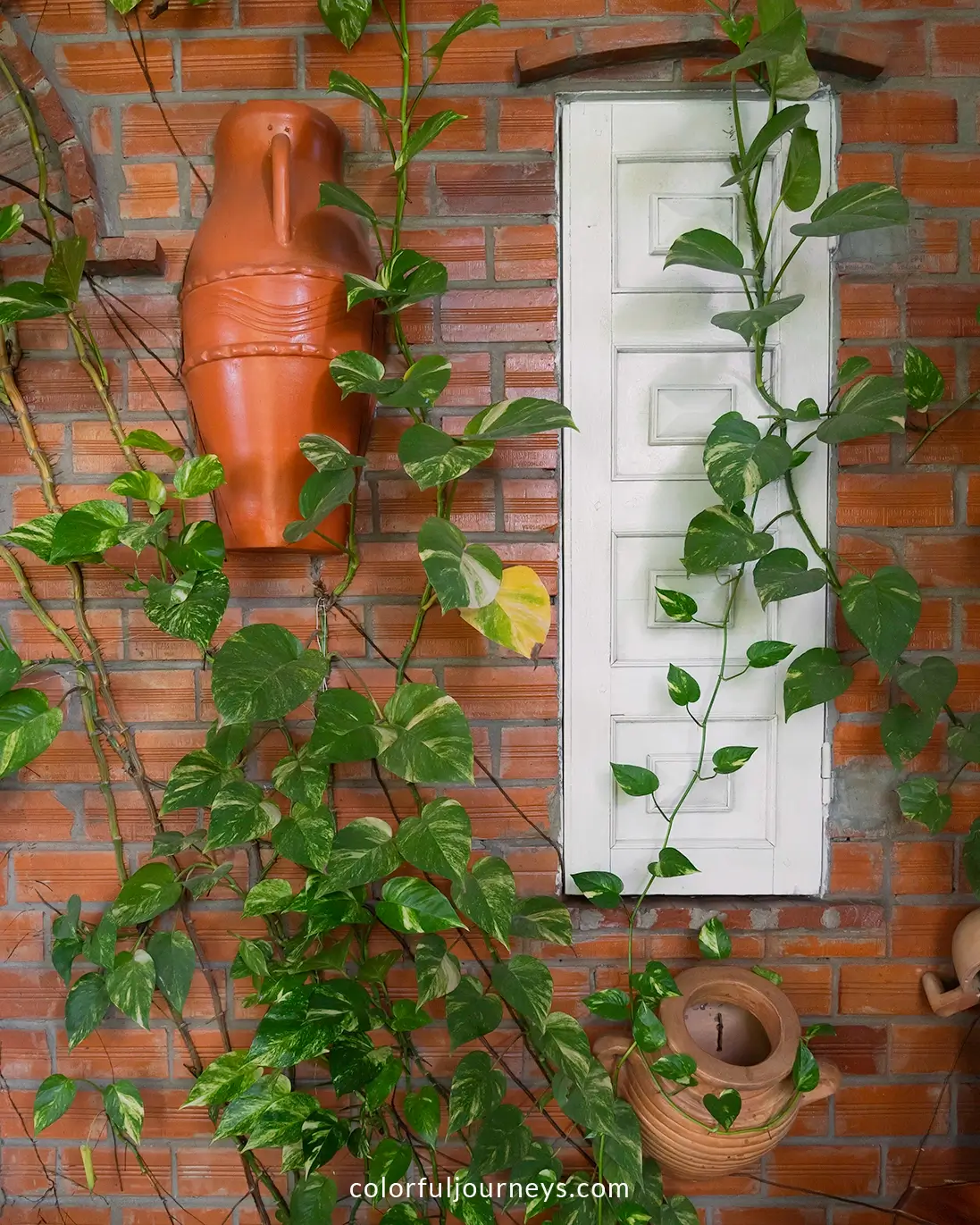

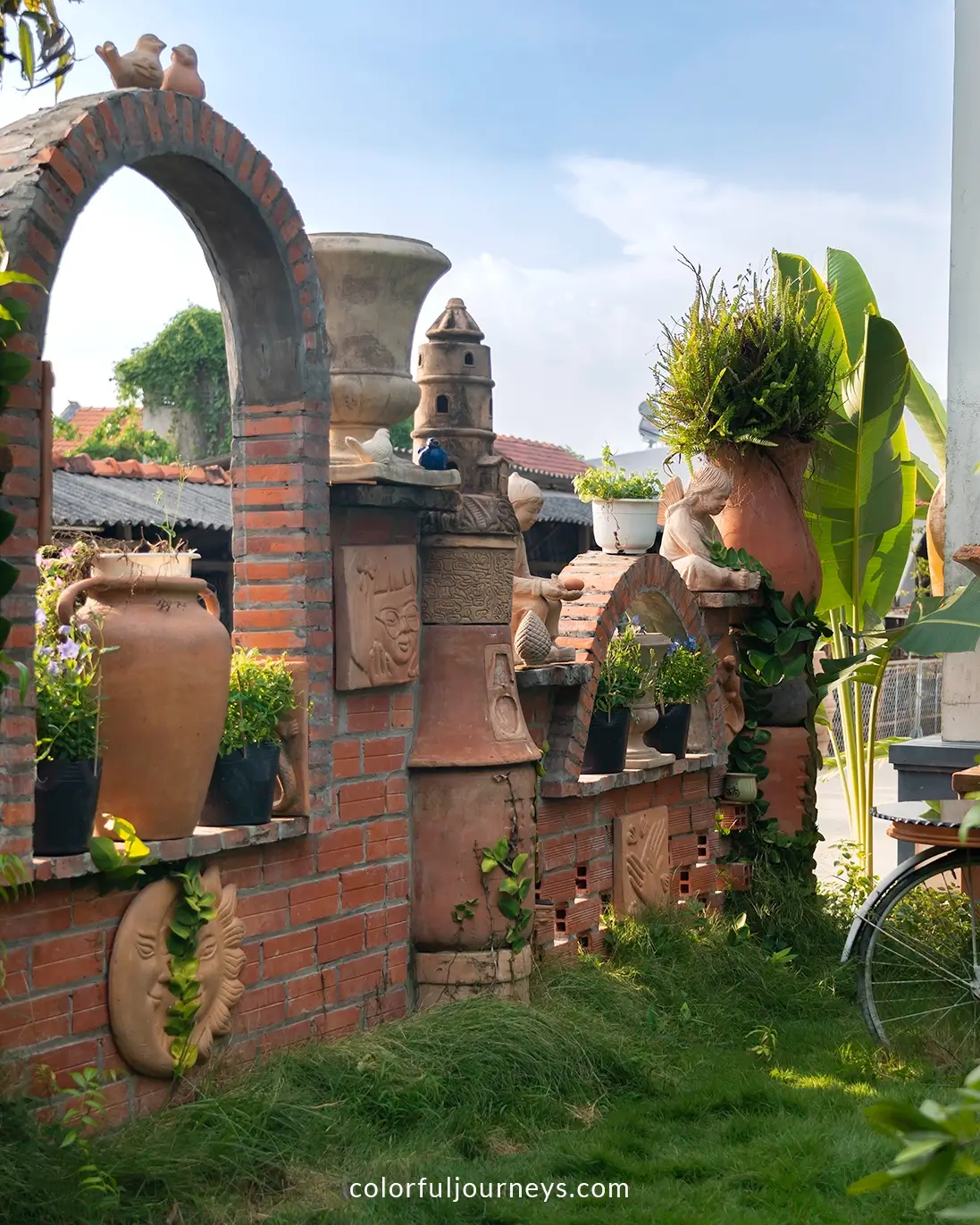
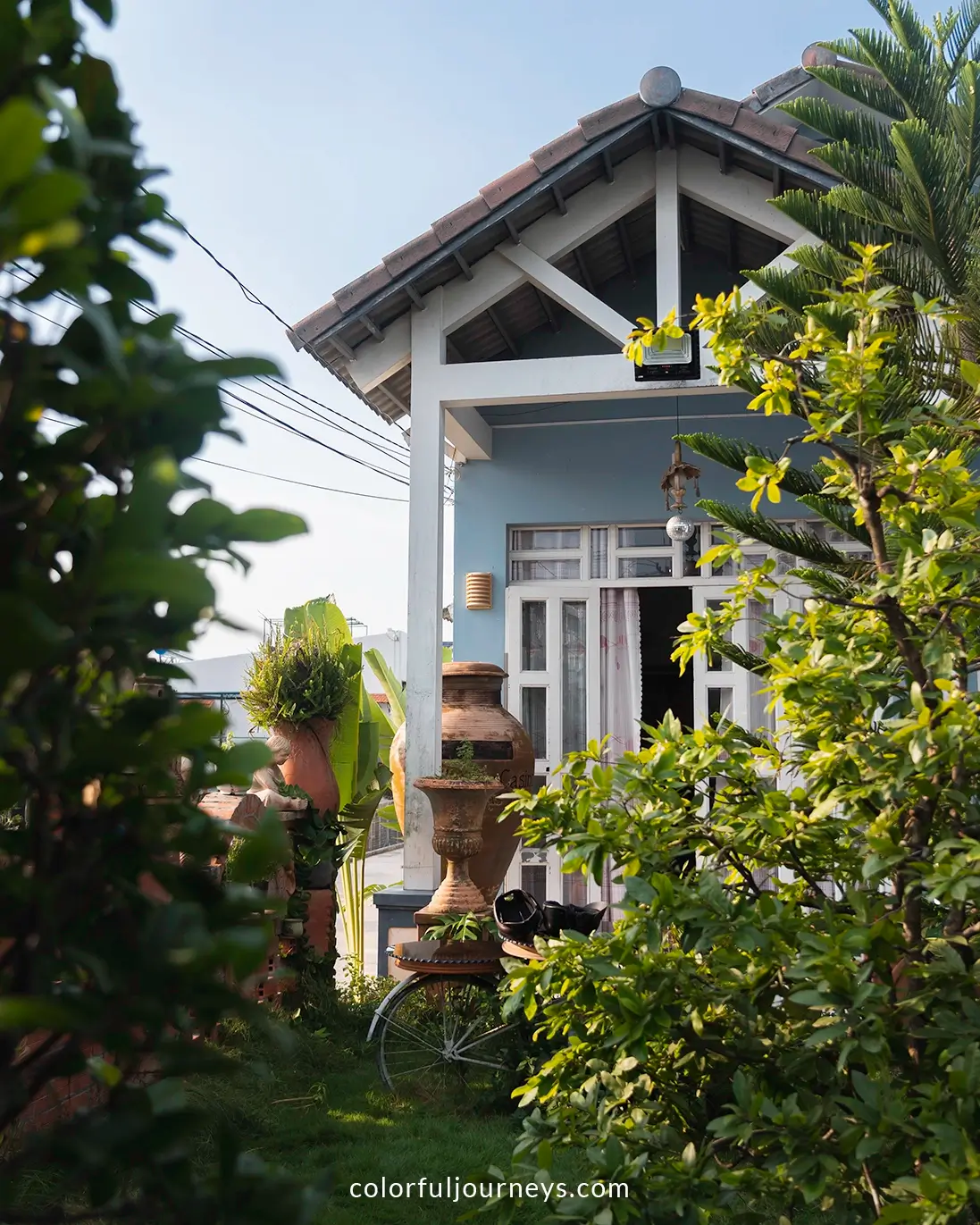
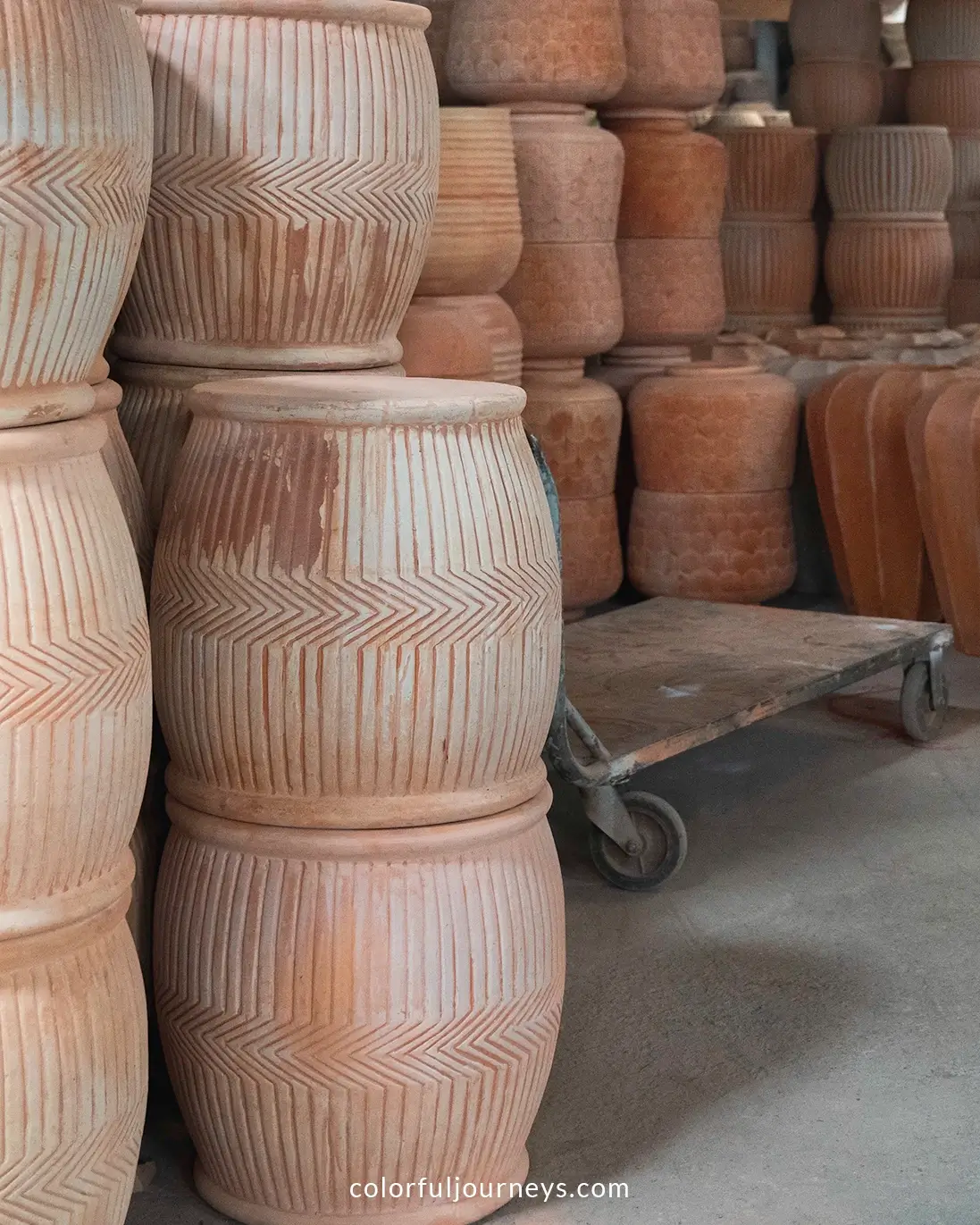
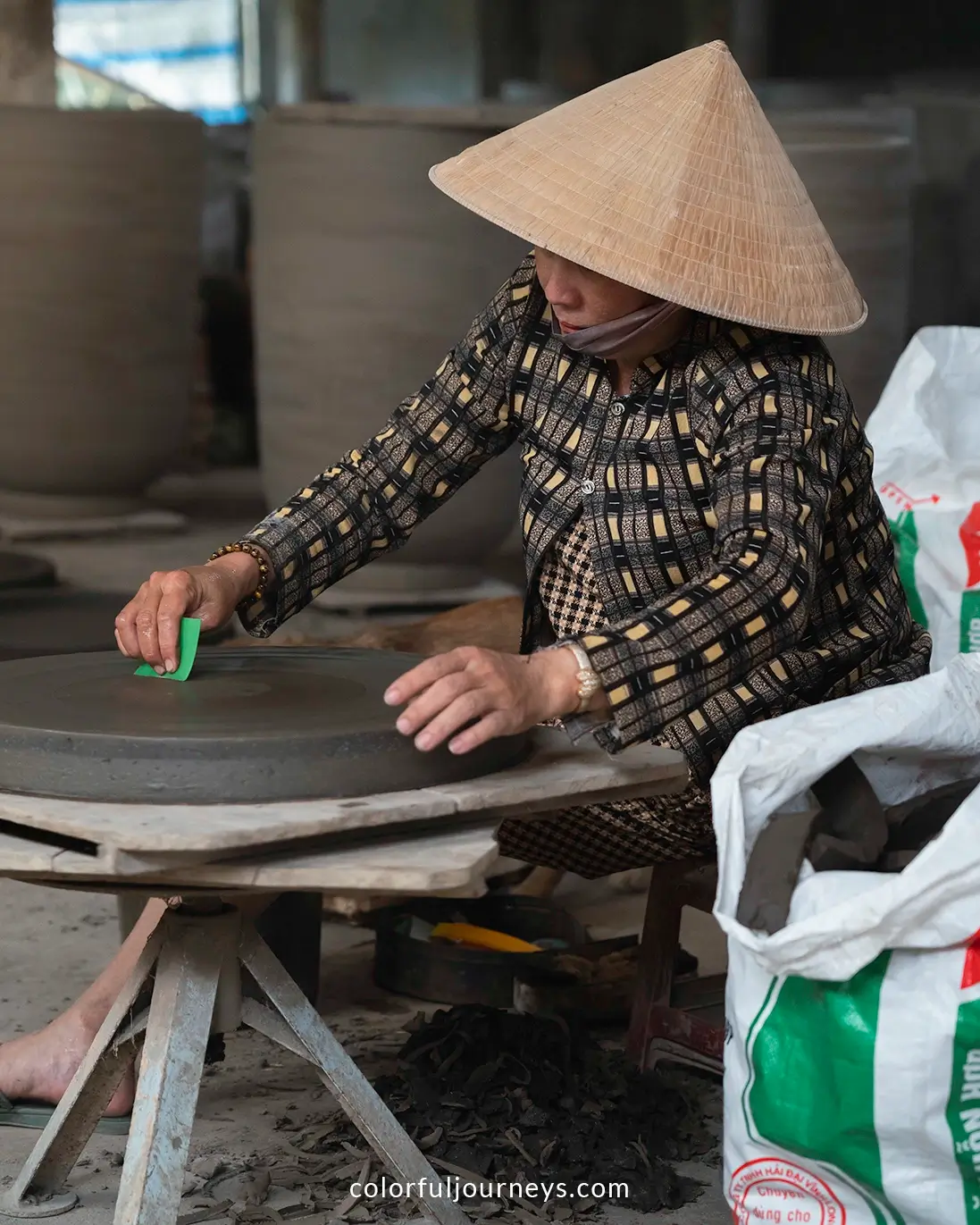
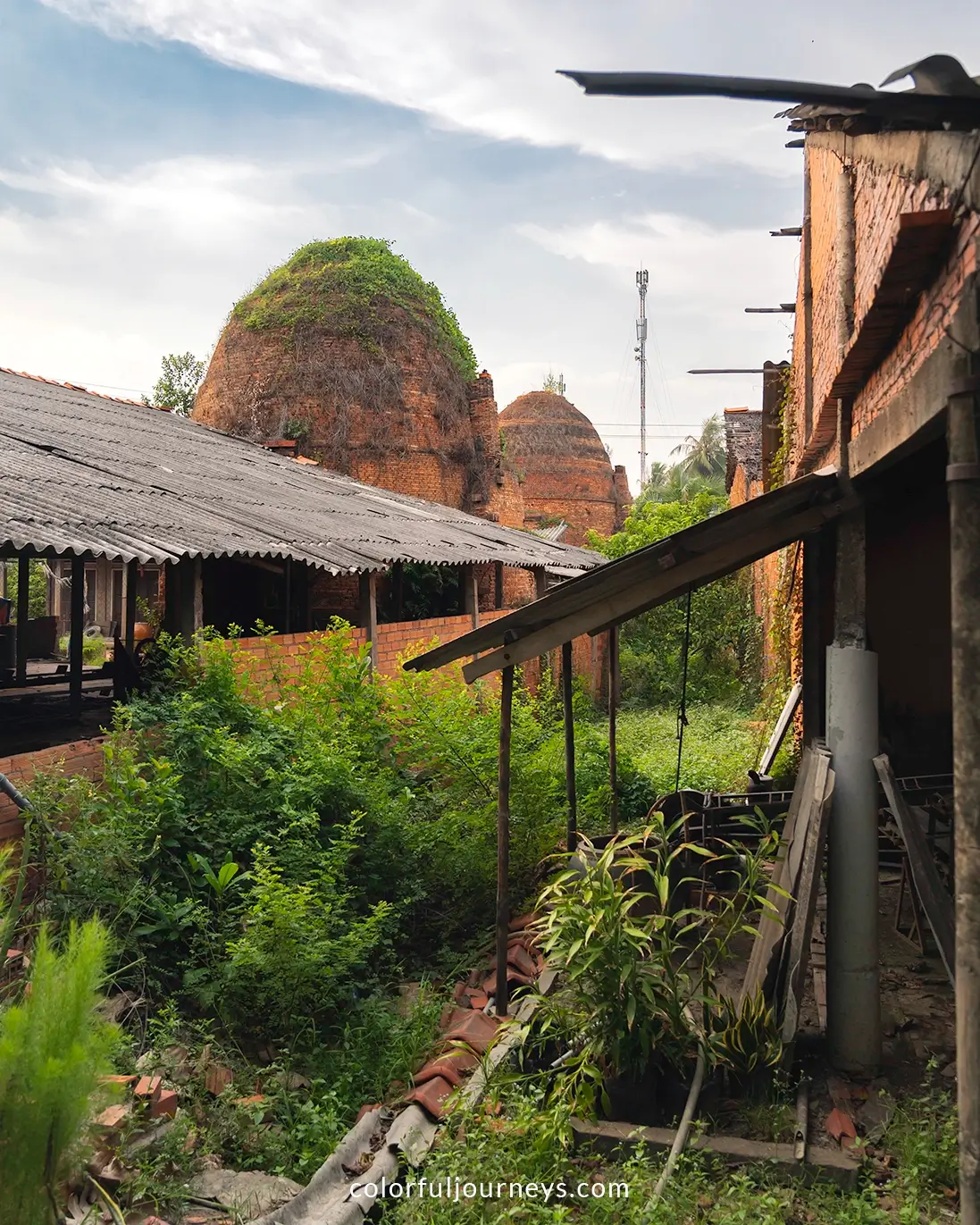
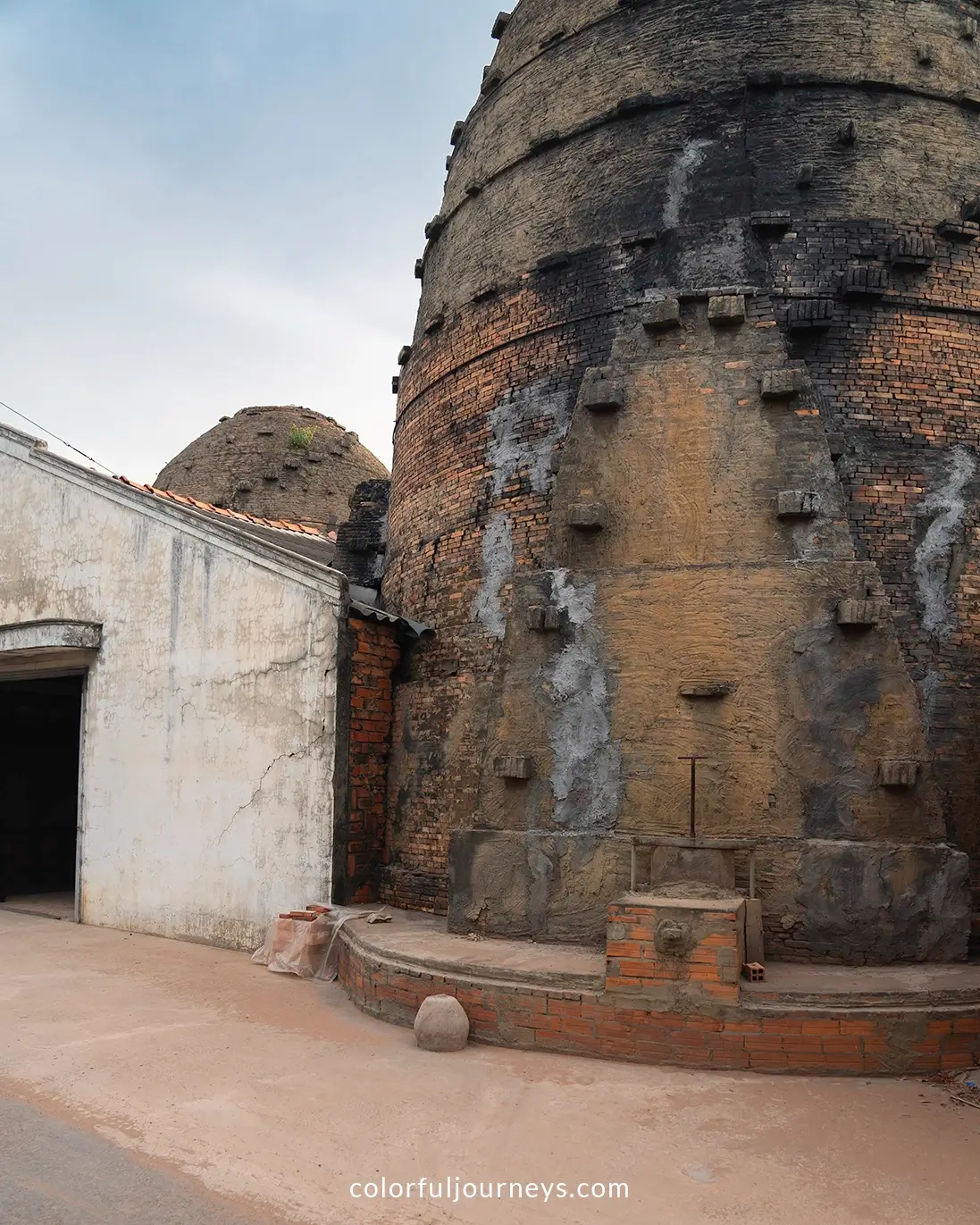
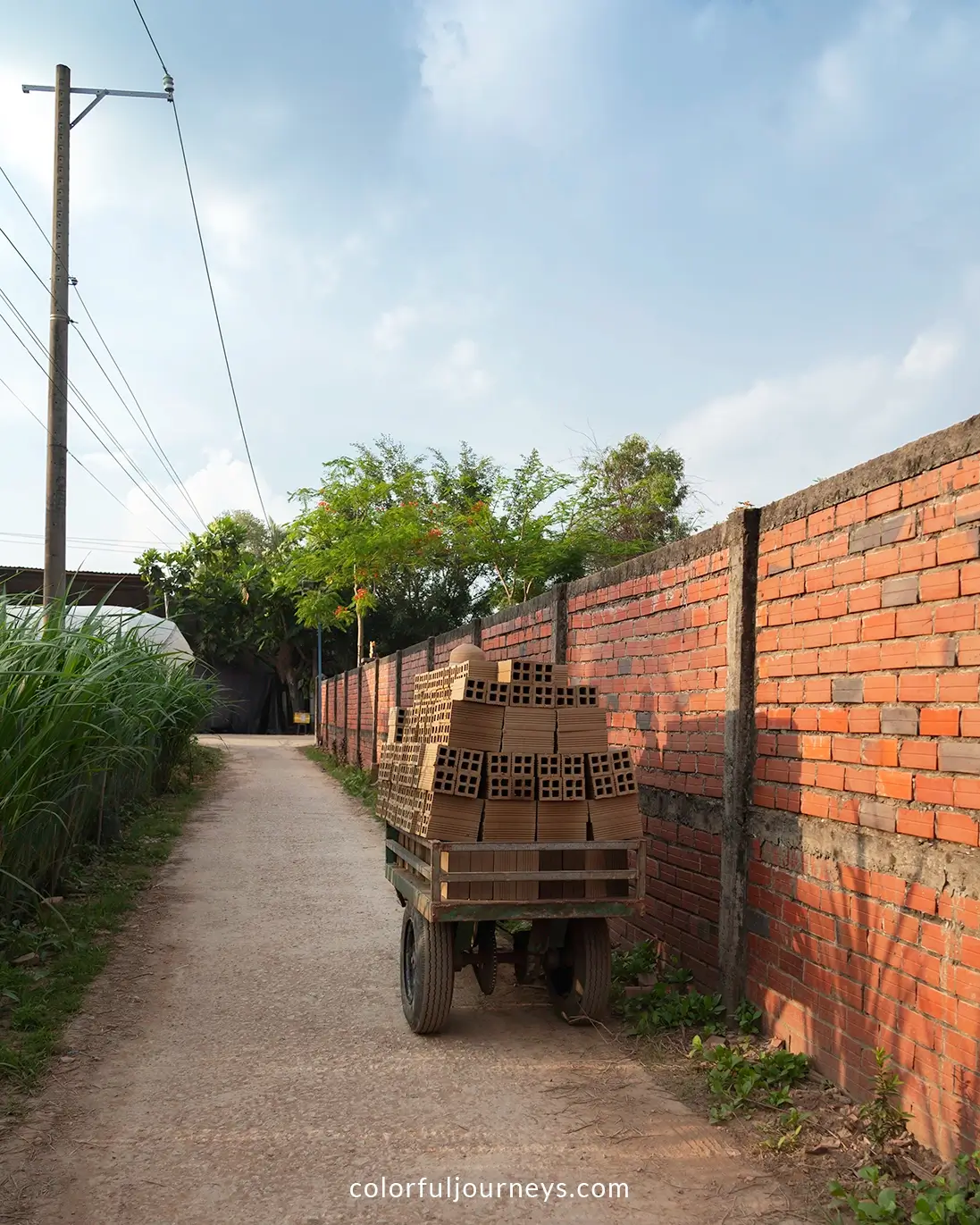
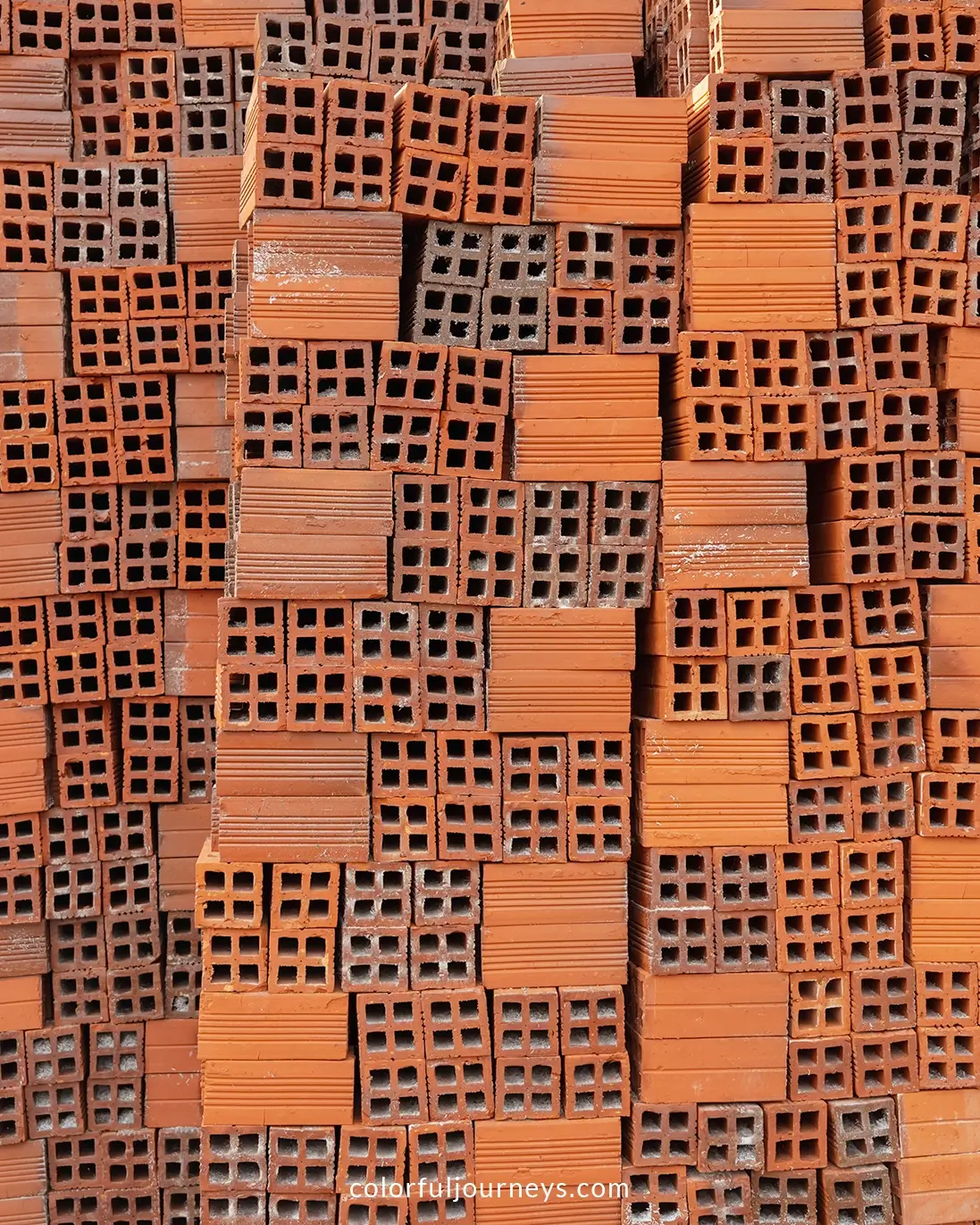
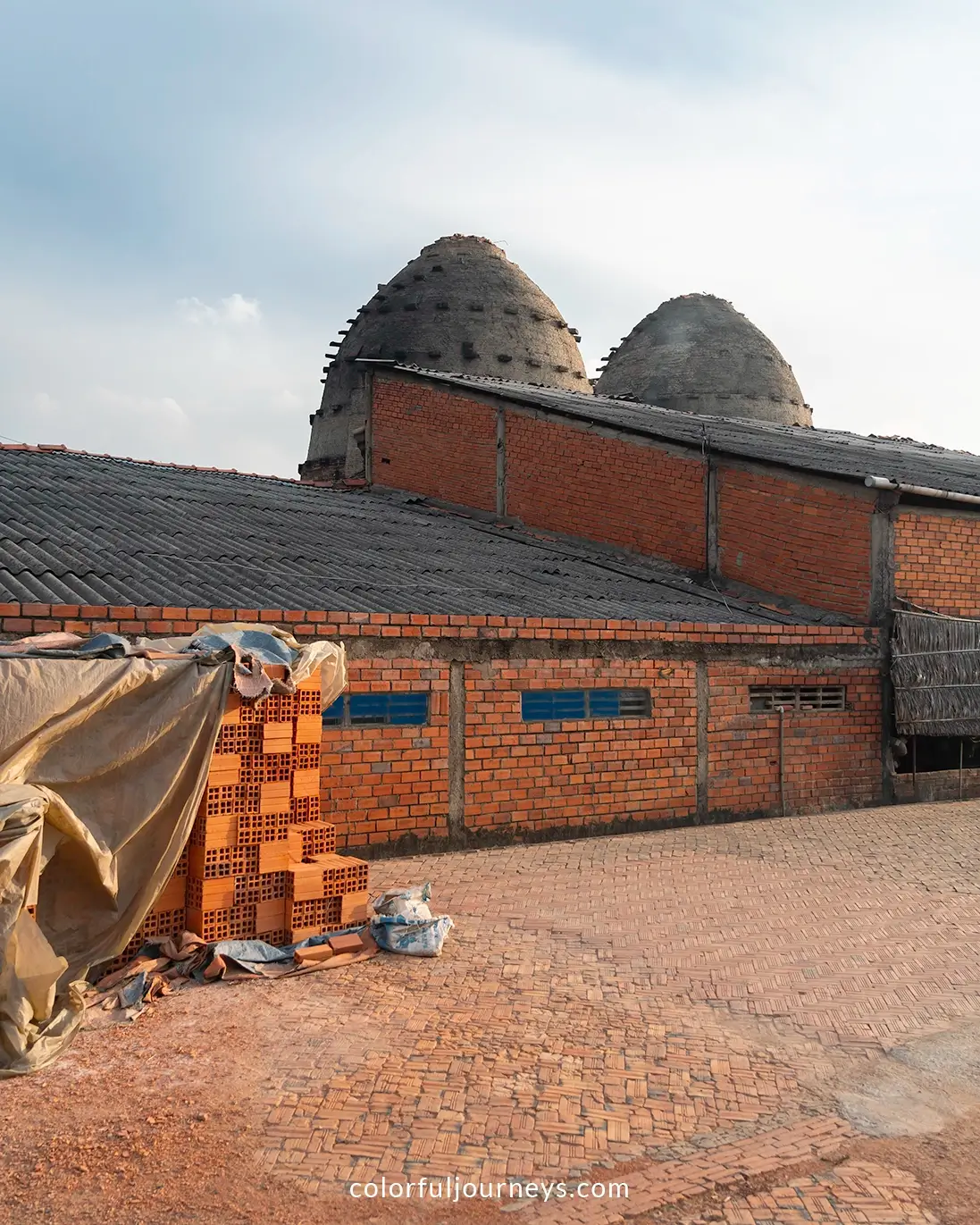
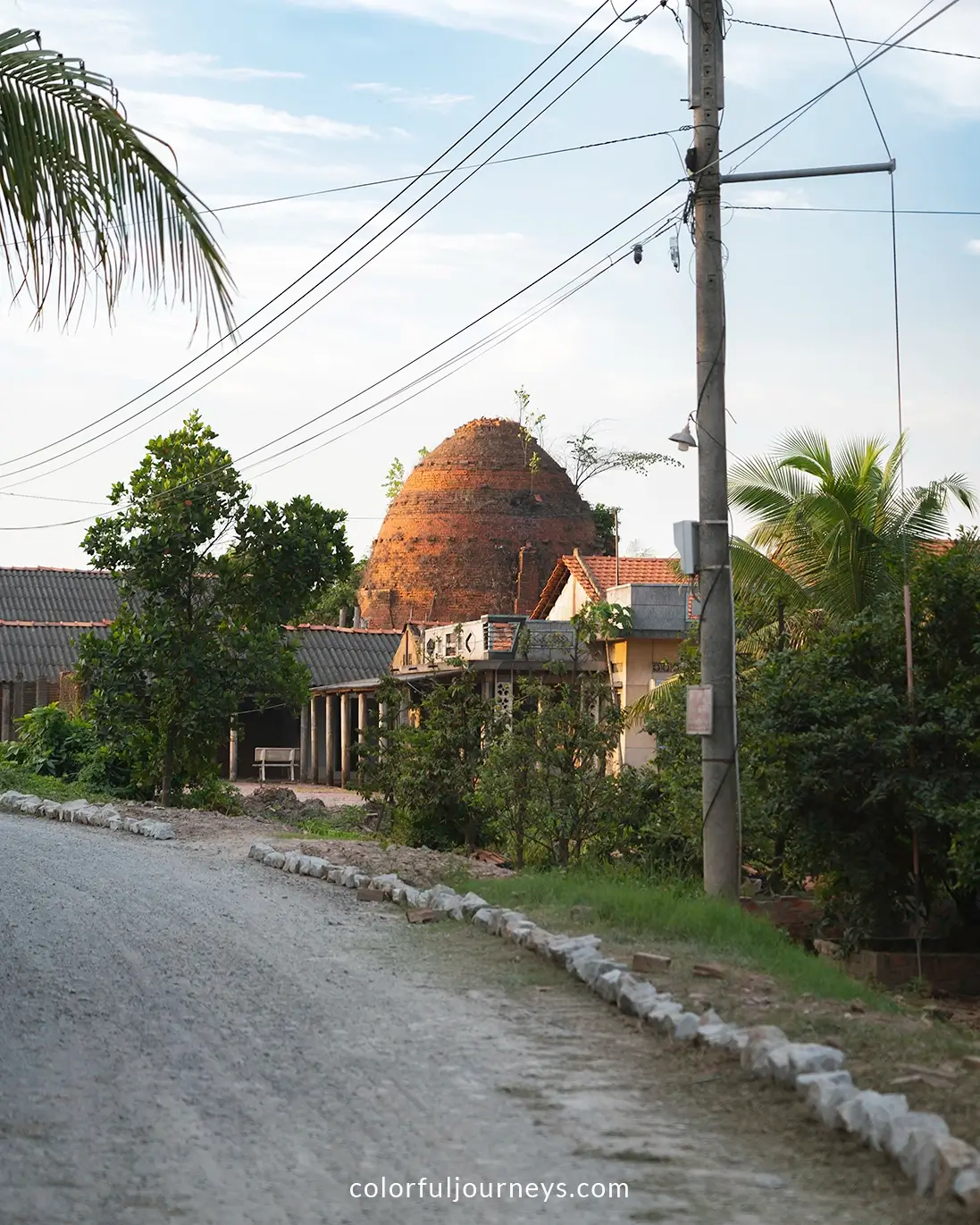
.jpg)
.webp)
.webp)
.webp)
.webp)